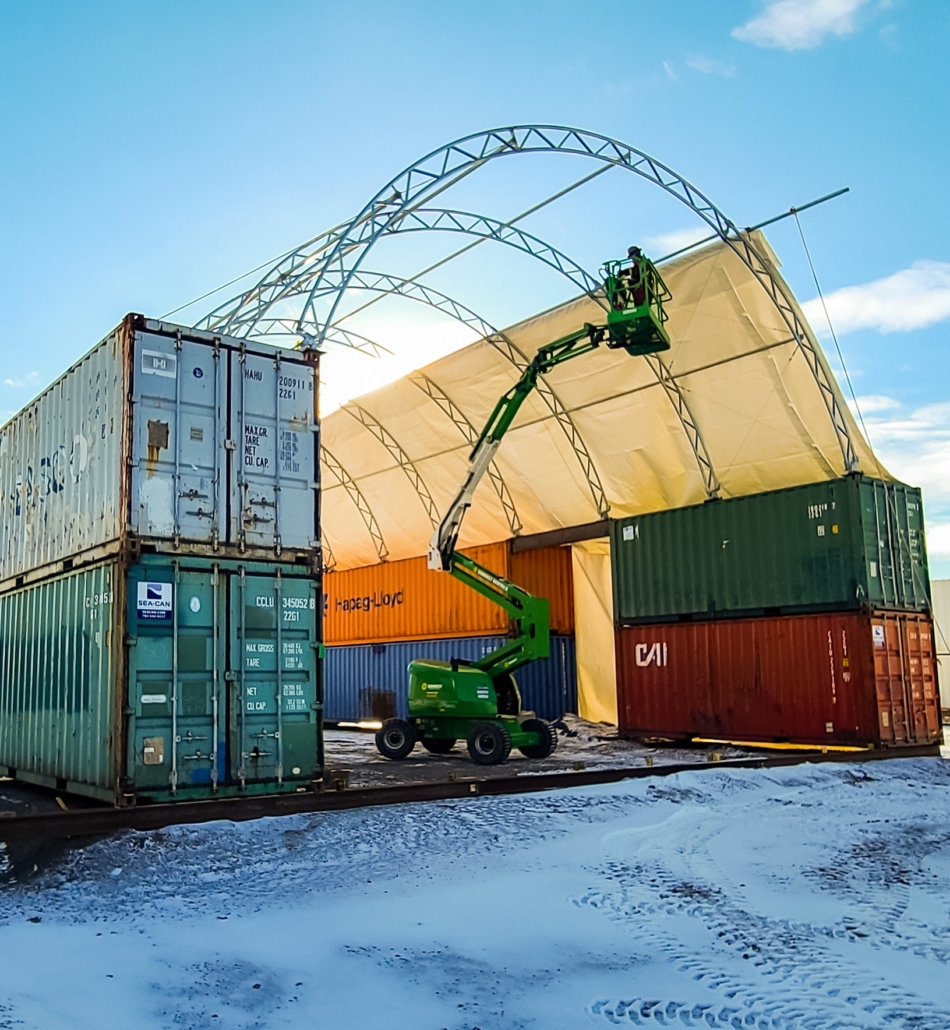Fabric Structure Maintenance Unpacked
Fabric structures are a popular alternative to traditional buildings for a variety of applications, including industrial facilities, storage buildings, sports complexes, and more. The benefits of these structures range from cost savings and flexibility to quick installation. However, like any other type of building, fabric structures require regular maintenance and care to ensure they remain in good condition and provide reliable shelter.
Maintenance of fabric structures involves a range of tasks, from regular inspections to cleaning and repairs. By caring for your fabric structure, you can help prolong its lifespan and ensure it continues to meet your needs for years to come.
In this blog, we’ll provide tips and guidance for maintaining your fabric structure, including best practices for inspections, cleaning and maintenance, protecting it from the elements, repairing any damage, and hiring professional maintenance services. Whether you’re a business owner, facility manager, or homeowner, the information in this blog can help you take care of your fabric structure and maximize its value and performance.
Signs That Your Fabric Structure Needs Replacing

Even with proper maintenance, fabric structures can eventually reach the end of their useful lifespan and require replacement. Here are some signs that your fabric structure may need replacing:
Extensive Damage: If your fabric structure has sustained significant damage, such as large tears or punctures, it may not be feasible or cost-effective to repair it.
Visible Wear and Tear: Over time, the fabric of your structure may begin to show signs of wear and tear, such as fading, discoloration, or fraying. This can indicate that the fabric is nearing the end of its lifespan and may need replacing.
Structural Instability: If your fabric structure is no longer stable or secure, it may be a sign that the framing or foundation is deteriorating and needs attention.
Safety Concerns: If you have concerns about the safety or integrity of your fabric structure, it may be time to consider a replacement. This is especially important if the structure is used for high-occupancy or critical applications.
Obsolescence: Finally, if your fabric structure is no longer meeting your needs or is outdated in terms of design or features, it may be time to consider upgrading to a new structure that better meets your needs.
Tips for Caring for Your Fabric Structure
Like any structure, fabric buildings require regular maintenance and care to ensure they remain in good condition and provide reliable shelter. Here are some tips for caring for your fabric structure.
Regular Inspections
One of the most important things you can do to care for your fabric structure is to conduct regular inspections. Check for signs of wear and tear, such as holes, tears, or abrasions, which could compromise the structure’s strength and stability. Inspect the foundation, framing, and fasteners to ensure they are secure and free from rust or corrosion. Regular inspections can help identify problems early and prevent more costly repairs in the future.
Cleaning and Maintenance
Regular cleaning and maintenance are essential to keep your fabric structure looking and performing its best. Use a soft-bristled brush or broom to remove dirt, dust, and debris from the fabric’s surface. If necessary, use a mild detergent and water to spot clean any stains or marks. Avoid harsh chemicals or abrasive cleaners, as they can damage the fabric’s coating and compromise water resistance.
Protection From the Elements
Fabric structures are designed to withstand a range of weather conditions. However, extreme temperatures, high winds, and heavy precipitation can all take a toll on the fabric and framing. To protect your structure from the elements, consider adding insulation or ventilation to regulate temperature and humidity. Use storm straps or tie-downs to secure the structure during high winds, and remove any snow or ice buildup to prevent excessive weight and stress on the structure.
Repairing Damage
If you notice any damage to your fabric structure, it’s important to address it promptly to prevent further damage or structural failure. This is where we come in!
Small tears or punctures can usually be repaired with a patch or sealant, while larger damage may require the replacement of the damaged component, be it the cover or a structural piece. It’s important to follow the manufacturer’s repair and maintenance guidelines and only use approved materials and techniques.




